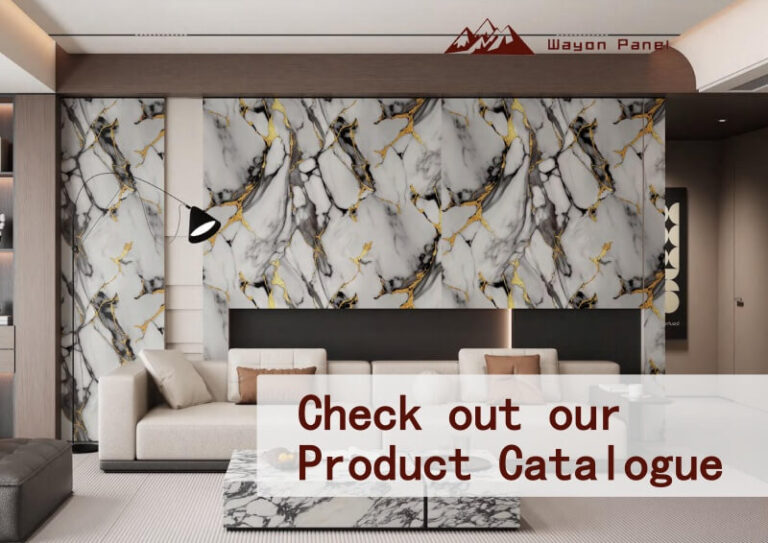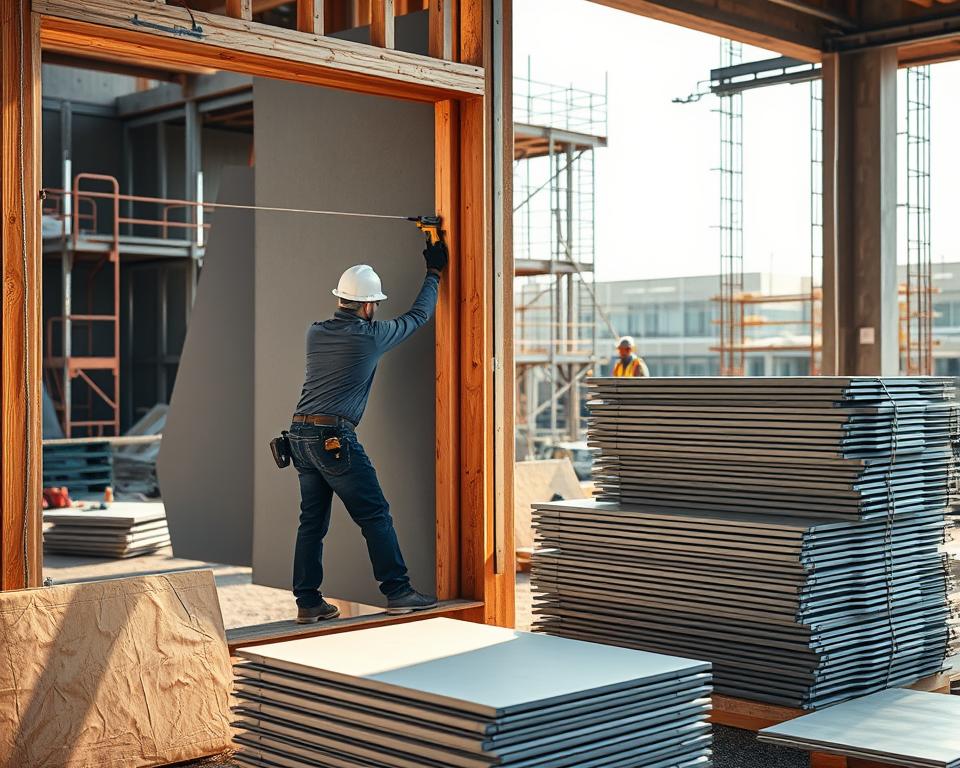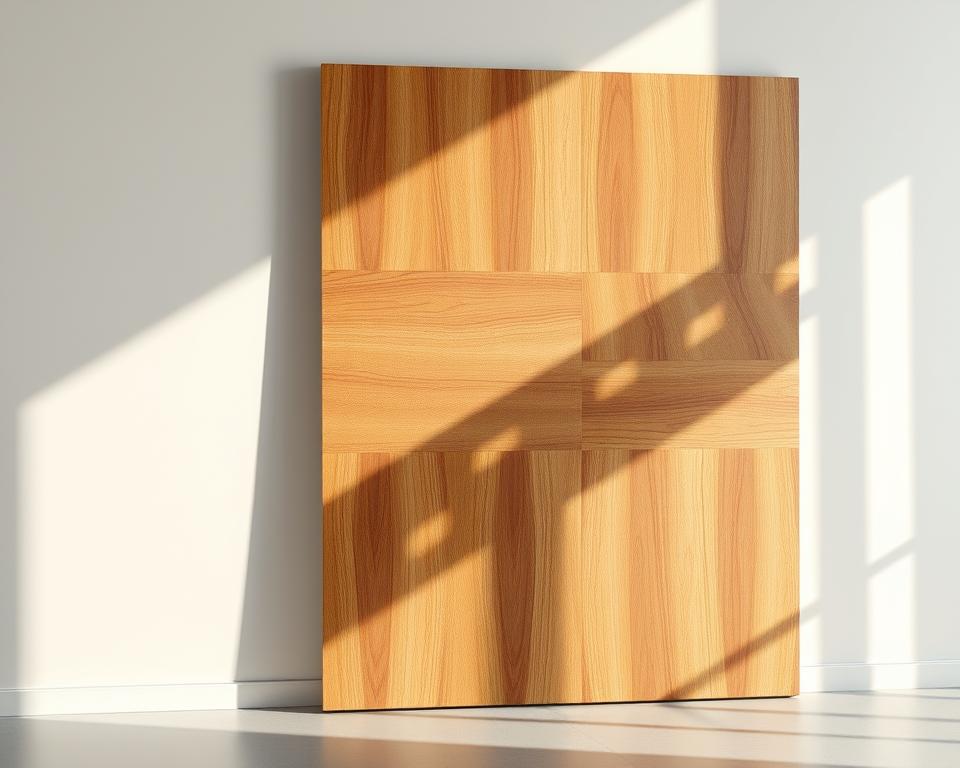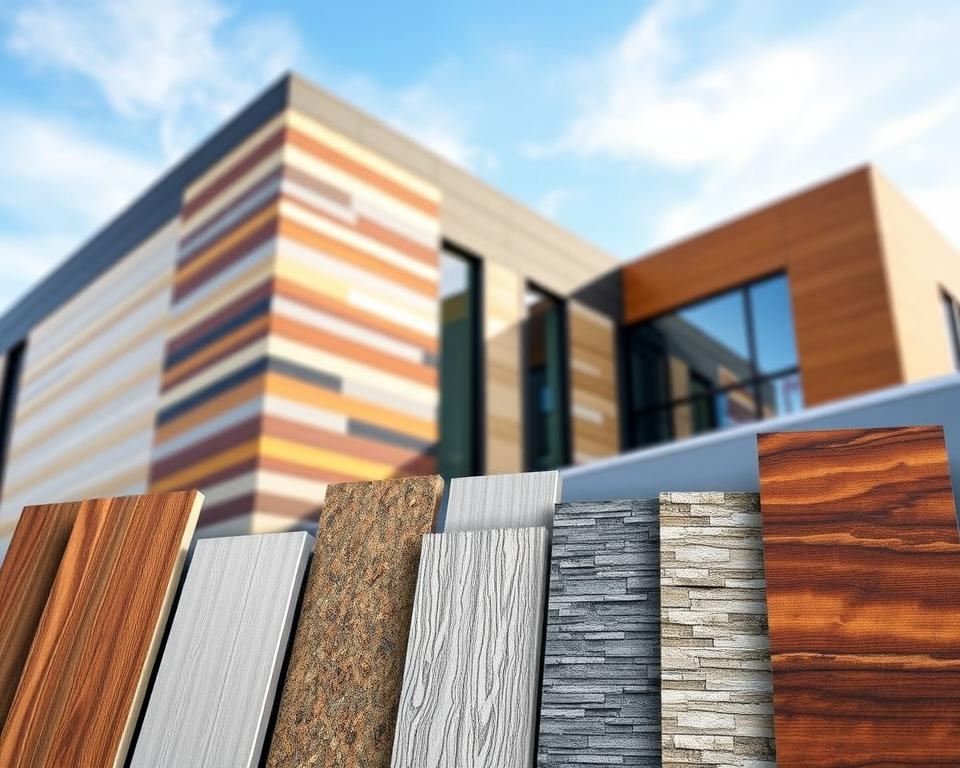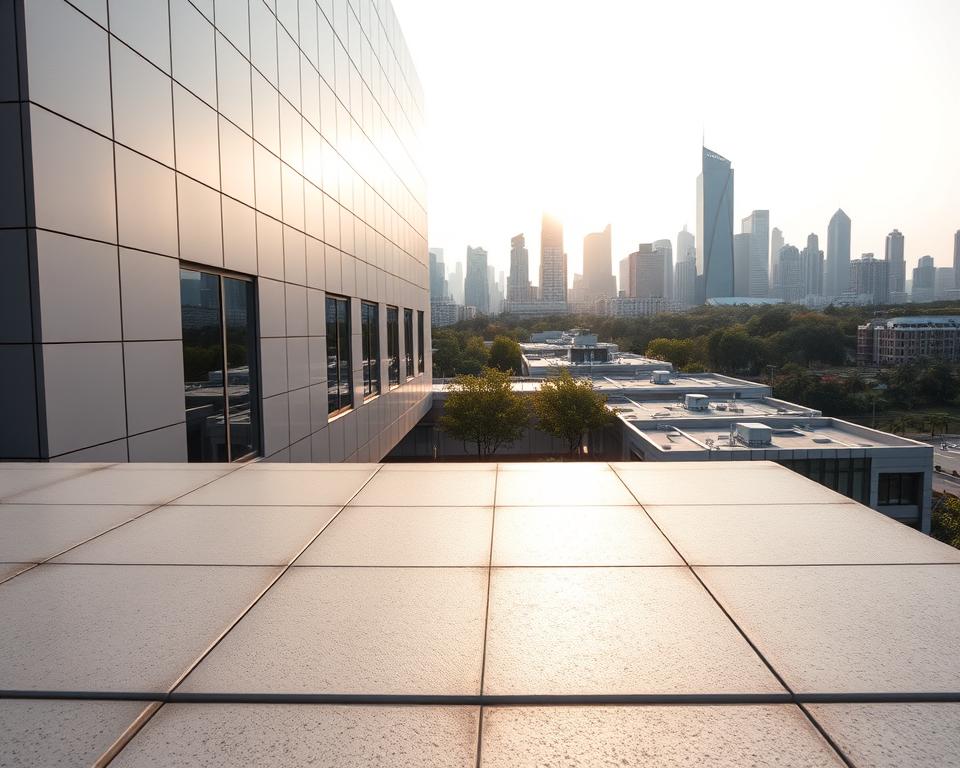Selecting the right partner for your construction or renovation work significantly impacts its success. Modern building systems combine innovative materials and advanced techniques, offering better durability and visual appeal than traditional options. The company you choose determines material quality, installation support, and long-term performance.
When investing in these solutions, key factors include production methods, design flexibility, and sustainability practices. Reputable suppliers provide certifications, technical expertise, and proven results across residential and commercial applications. A reliable partner also offers comprehensive warranties and responsive customer service, ensuring peace of mind throughout your construction’s lifecycle.
Their experience ensures your investment enhances property value while reducing maintenance costs. This guide explores essential considerations, from material composition to customer support. Learn how to evaluate industry leaders and make informed decisions that align with your budget and goals.
Understanding Composite Wall Panel Technology
Modern construction demands materials that balance durability with design flexibility. Advanced building systems achieve this through precise engineering and layered material combinations. Let’s explore how these innovations work and why they outperform conventional options.
Material Composition and Manufacturing Process
Our system uses a 0.02 face and back skin fused to a polyethylene or fire-resistant core. This thermobonded process creates a unified structure resistant to warping. Computer-controlled routing equipment ensures edges fit perfectly, reducing installation errors.
| Core Type | Thickness | Key Features | Applications |
|---|---|---|---|
| Polyethylene | Variable | Moisture-resistant, lightweight | Residential façades |
| Fire-Retardant | Standard | Meets safety codes, durable | Commercial buildings |
Innovative Features of Modern Panels
High-density polyethylene (HDPE) blended with wood fibers mimics natural wood while resisting rot. Special additives boost UV protection and color retention. These enhancements allow architects to combine aesthetics with practical benefits like low maintenance.
Fire-retardant cores maintain structural integrity during emergencies without adding excess weight. The .020 skin thickness optimizes strength-to-weight ratios, cutting transportation costs. Together, these features create solutions that adapt to diverse climates and design needs.
Evaluating Panel Design, Color, and Finishing Options
Architectural projects demand materials that merge visual impact with lasting performance. Modern building systems now offer extensive customization through advanced color technology and surface treatments. These innovations let designers match specific styles without sacrificing durability or maintenance ease.
Expanding Creative Possibilities
Metal-based materials provide over 15 standard colors, from muted grays to rich wood-inspired tones. Dark gray and teak finishes work well for urban developments, while coffee and chocolate shades complement natural landscapes. Custom matching services ensure precise alignment with brand guidelines or historical preservation requirements.
| Finish Type | Visual Effect | Best For |
|---|---|---|
| Wood Grain | Natural timber appearance | Traditional facades |
| Sanded Matte | Subtle texture | Modern offices |
| Grooved | Depth and shadow play | Retail spaces |
UV-resistant coatings prevent fading, keeping surfaces vibrant for decades. Textured options like grooved patterns add dimension while simplifying cleaning. Design teams appreciate how these features reduce long-term upkeep costs compared to conventional materials.
Light-reflective properties in lighter shades help regulate building temperatures. This dual functionality supports energy efficiency goals while maintaining aesthetic coherence across large installations. With these options, structures achieve both immediate visual appeal and enduring performance.
Quality Assurance and Warranty Considerations
Long-term building performance starts with robust protection plans. Leading suppliers back their systems with warranties exceeding 10 years—proof of confidence in material resilience.
A weather tightness warranty ensures structural integrity against rain, UV rays, and temperature swings. This coverage prevents moisture intrusion—the top cause of exterior system failures. Third-party testing simulates decades of exposure, verifying color retention and joint durability.
| Certification | Focus Area | Benefit |
|---|---|---|
| INTERTEK | Fire Safety | Meets ASTM standards |
| FSC | Sustainability | Responsible sourcing |
| TEC | Thermal Efficiency | Energy cost reduction |
Coverage typically includes material defects, fading, and seal failures. Technical teams diagnose problems remotely, offering repair guidance. This proactive approach minimizes disruptions while protecting your investment against common weather-related challenges.
Sustainability and Environmentally Friendly Practices
Eco-conscious construction is reshaping how buildings impact their surroundings. Builders now prioritize materials that reduce energy use while supporting circular economy principles. This approach balances performance with ecological responsibility across a project’s lifespan.

Energy Efficiency and Recycled Materials
Modern systems blend recycled plastics with wood fibers from responsibly managed forests. This mix cuts landfill waste and preserves natural resources. Factories use 30% less energy than traditional methods, lowering carbon emissions during production.
| Material Type | Recycled Content | Energy Use | Certifications |
|---|---|---|---|
| Traditional | 0-15% | High | Limited |
| WPC Solutions | 40-60% | Low | LEED, FSC |
These products offer built-in insulation, reducing heating costs by up to 20%. Their tight seals prevent air leaks better than standard options. Maintenance needs stay minimal—no paints or stains mean fewer chemicals released into ecosystems.
Lifecycle assessments show 50% lower environmental impact compared to conventional alternatives. From sourcing to disposal, every step aligns with global sustainability targets.
Composite Wall Panel Manufacturer: Selecting Your Ideal Partner
Construction success hinges on choosing suppliers that combine technical mastery with responsive service. A company’s operational history reveals its ability to adapt to evolving industry standards while maintaining quality. Look for partners with:
- Minimum 10 years in production
- Certified recycling programs
- Multi-continent distribution hubs
Five Evaluation Factors for Reliable Suppliers:
| Evaluation Factor | Basic Supplier | Advanced Partner |
|---|---|---|
| Production Capacity | Single-shift operations | Automated 24/7 lines |
| Design Support | Standard templates | Custom CAD modeling |
| Testing Protocols | Basic durability checks | Third-party certifications |
Integrating Composite Panels into Commercial Projects
Businesses increasingly adopt versatile building materials that meet both practical and design demands. These systems transform environments from retail stores to corporate campuses, offering solutions that endure daily wear while elevating visual identity.
Adapting to Diverse Commercial Needs
Retail spaces thrive with surfaces that resist scratches and stains in high-traffic areas. Office buildings gain energy efficiency through thermal-regulating layers, cutting cooling costs by up to 18%. Facade designs become architectural statements with textured finishes that play with light and shadow.
Fire-rated cores and weatherproof seals address safety concerns without compromising sleek profiles. One Chicago high-rise used curved configurations to mirror neighboring historic structures while meeting modern insulation standards. This dual approach satisfies strict building codes and client branding goals.
Harmonizing Practicality with Design Vision
Architects balance bold aesthetics with functional requirements using customizable color palettes. Hidden fastening systems maintain clean lines while allowing easy maintenance access.
These solutions adapt to retrofits and new constructions alike. Installation teams can modify support structures for existing walls, preserving original layouts. With proper planning, businesses achieve transformative results that serve operational needs and captivate customers for decades.

